Michael Raedecker is a Dutch artist who works in the United Kingdom.

The Rijksakademie van beeldende kunsten was founded in 1870 in Amsterdam. It is a classical academy, a place where philosophers, academics and artists meet to test and exchange ideas and knowledge. The school supports visual artists with a two-year curriculum.
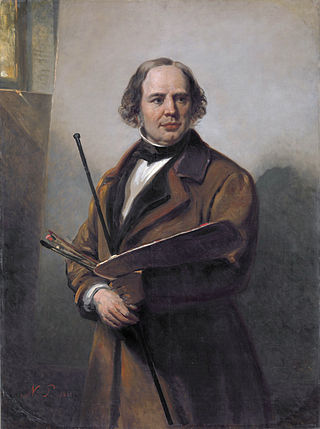
Jan Willem Pieneman was a painter from the Northern Netherlands.

The School of Fine Arts or College of Fine Arts is the official name or part of the name of several schools of fine arts, often as an academic part of a larger university. These include:
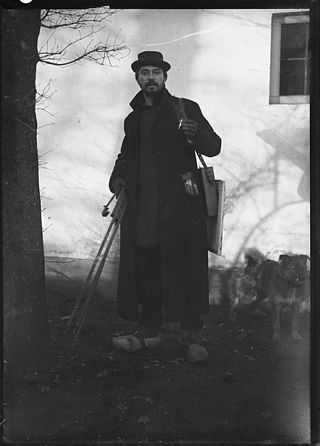
Willem Arnoldus Witsen was a Dutch painter and photographer associated with the Amsterdam Impressionism movement. Witsen's work, influenced by James McNeill Whistler, often portrayed calm urban landscapes as well as agricultural scenes. He also created portraits and photographs of prominent figures of the Amsterdam art world, as well as other artists, such as French Symbolist poet Paul Verlaine.

Jurriaan Andriessen was a Dutch decorative painter and graphic artist.
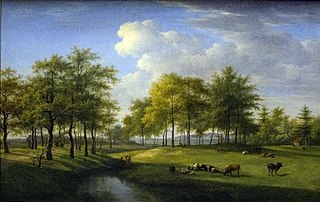
Gerrit Jan Michaëlis, was an 18th-century painter from the Northern Netherlands.
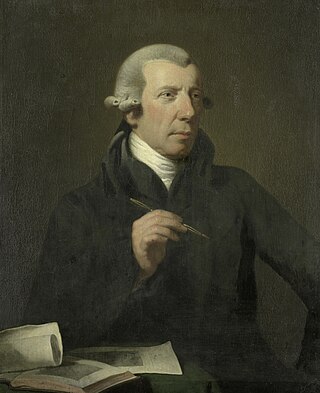
Reinier Vinkeles was an 18th-century painter and engraver from the Northern Netherlands, who was the teacher of several talented artists.

The Amsterdamse Joffers were a group of women artists who met weekly in Amsterdam at the end of the 19th and beginning of the 20th century. They supported each other in their professional careers. Most of them were students of the Rijksakademie van beeldende kunsten and belonged to the movement of the Amsterdam Impressionists. Each one became a successful artist. As a group they contributed to the social acceptance in the Netherlands of women becoming professional artists.
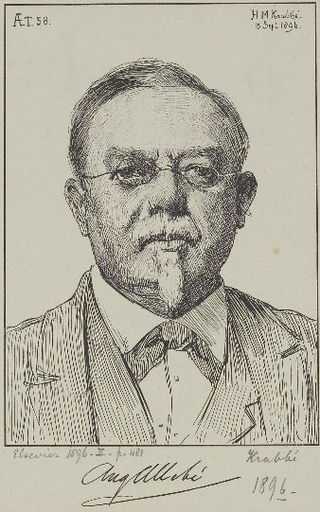
August Allebé was an artist and teacher from the Northern Netherlands. His early paintings were in a romantic style, but in his later work he was an exponent of realism and impressionism. He was a major initiator and promoter of Amsterdam Impressionism, the artist's association St. Lucas, and the movement of the Amsterdamse Joffers. Amsterdam Impressionism – sometimes referred to by art historians as the School of Allebé – was the counterflow to the very strong Hague School in the movement of Dutch Impressionism. As a professor at the Royal Academy of Amsterdam he fostered a cosmopolitan attitude toward art and the promotion and motivation of his students, and provided a significant stimulus to developments in modern art.

Cornelis Ploos van Amstel, was an eighteenth-century Dutch painter and art collector.
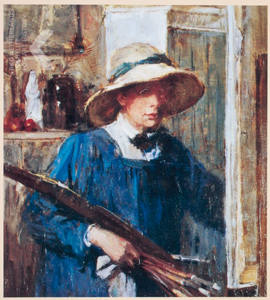
Jacoba Surie was a Dutch painter.

Hans de Jong was a Dutch sculptor, designer and ceramist.

Livinus van de Bundt was a Dutch artist, who called himself Livinus. Initially a painter and graphic artist, he was the founder of an art academy and later became a pioneer of light art and video art.

Marie van Regteren Altena (1868–1958) was a Dutch painter known for her still lifes.
Johanna Hendrika Pieneman (1889-1986) was a Dutch artist.
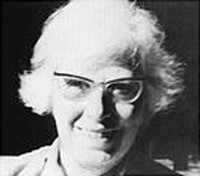
Marie "Rie" Gerarda Cornelia Knipscheer (1911-2003) was a Dutch artist.

The Exhibition of Living Masters was the name given to a series of exhibitions of contemporary art, held in various cities in the Netherlands, from 1808 to 1917.

Nicolaas Pieneman was a Dutch artist.
Cornelius Hendrik Rogge was a Dutch sculptor, installation artist and painter.


















